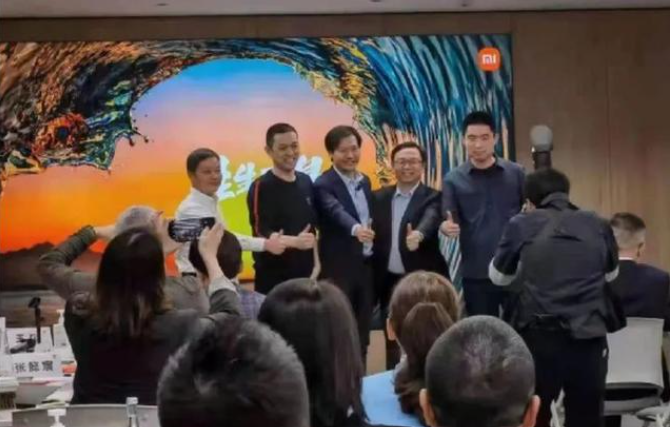*This article is reproduced from the autocarweekly account.
Author: Piero
On April 2nd, a photo of Lei Jun posing with Li Bin, Li Xiang, He XPeng and other leaders of new car-making forces in China was widely circulated in the automotive industry. Some speculated that this was undoubtedly Lei Jun’s way of seeking inspiration for his own car making endeavor.
Xiaomi’s passion for car-making has once again ignited the taste buds of the public: Baidu, Apple, and Xiaomi have all jumped into the car-making game, but technology giant Huawei remains unresponsive?
But it is unclear why Huawei keeps reiterating: “We do not make cars, we only help companies make good cars.”
Premature announcements are a shackle
Although Huawei has repeatedly stated that it positions itself as an intelligent car component supplier, in my opinion, this is just a tactical move.
It is well known that the automotive industry is gradually moving towards the era of software-defined intelligent driving. In this new era, the value of electronics and software in cars will undoubtedly increase. And what is value? Value is the thick and tempting cash flow, the industry’s unanimous consensus of speech power, and the sharp sword that can be used in foreign trade wars.
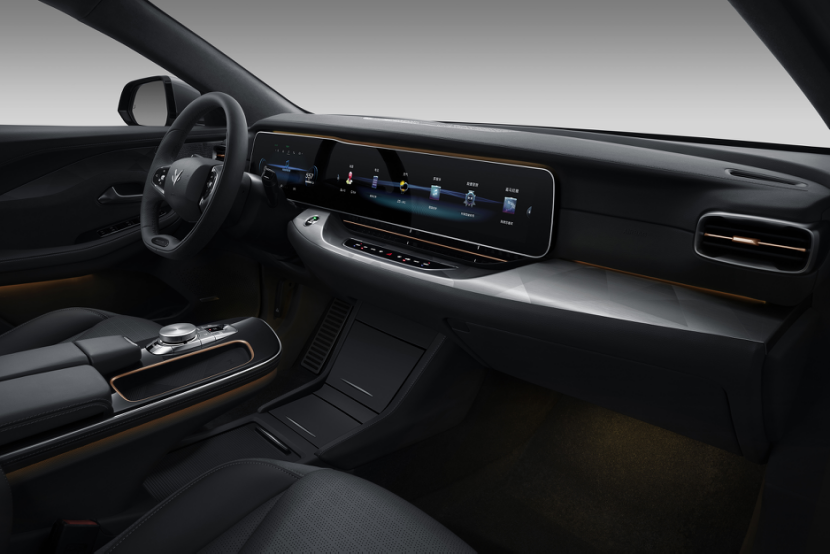
Naturally, Huawei wants to widely deploy its intelligent driving system, honed for many years, into every corner of major car manufacturers, so as to demonstrate its strong leadership in the field of intelligent driving.
Announcing car-making rashly will create prejudice and shackles for most car manufacturers who want to purchase Huawei’s intelligent driving systems. After all, who would want the central system of their vehicles to be at the mercy of their competitor?
Huawei, which has experienced many difficulties such as U.S. chip sanctions, naturally has a deeper understanding of the word “shackle”. Therefore, it is wise for Huawei not to announce its own car-making plans, especially when all technology giants are jumping on the bandwagon of car making.
But as we all know, not announcing is not the same as not doing.
In fact, Huawei has already joined forces with ARCFOX, a car brand under BAIC BJEV, to jointly build the “1873 Davidson Innovation Lab” to develop next-generation intelligent connected electric vehicle technology together; based on this, the two have jointly developed the Alpha S Huawei version that is equipped with Huawei’s ICT technology.
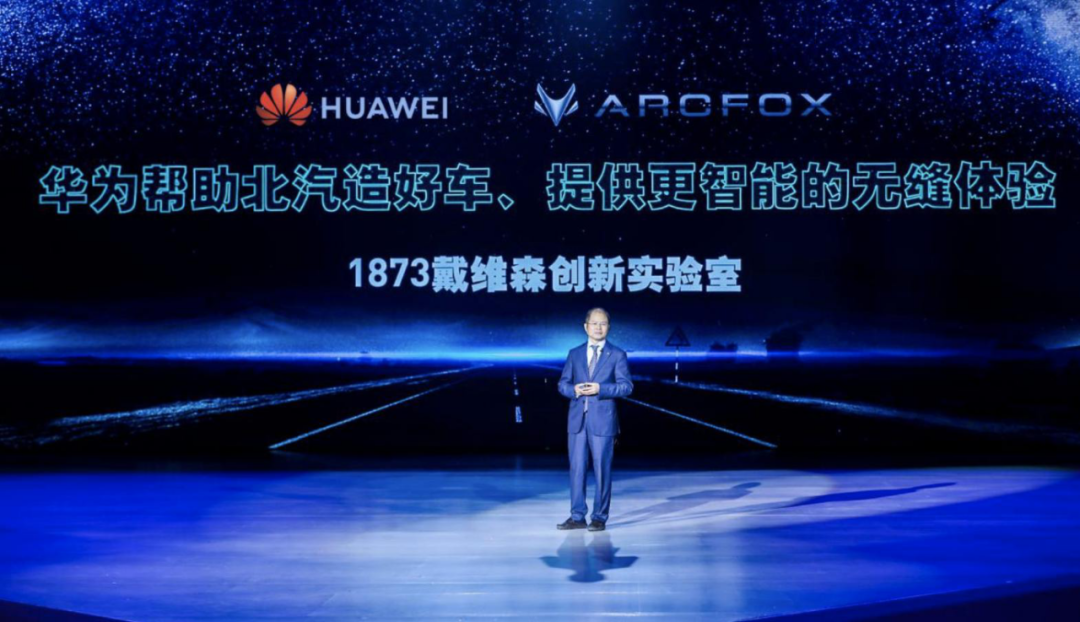
In my opinion, Huawei has already chosen to work with ARCFOX in a long-term partnership for the future car-making endeavor.
Why ARCFOX?
To be honest, at first, I couldn’t be sure which car manufacturer Huawei would choose as its partner from among many.
In my opinion, the rich and diverse range of car models can be a good testing ground for intelligent driving systems. However, the endless accidents caused by imperfect intelligent driving systems in the news have made me more aware that an intelligent driving system that is not perfect in the collaboration between software and hardware function safety will result in the downfall or neglect of one after another living soul.
Therefore, cooperation in the era of software-defined cars will inevitably require a ten-year sword of perseverance. Hozon Motors can always adhere to the spirit of craftsmanship, patiently pave the way to build the most perfect car model in their hearts. And relying on their keen sense in the field of new energy, they have teamed up with Huawei to lay out the development of intelligent driving systems in advance. This will be extremely helpful for Huawei’s intelligent driving system to be fully verified with the functional safety of the car-side hardware, providing better driving experience for end users.
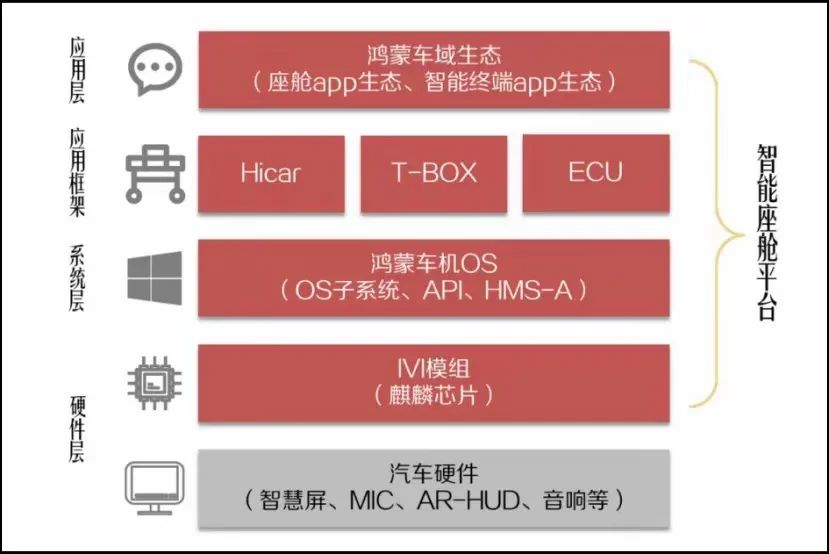
I believe that the developers and testers of Huawei and Hozon Motors have gone through countless rounds of patient software and hardware integration debugging in their car manufacturing partnership. But it should be noted that when the system matching parameter calibration is completed, all vehicles that come off the assembly line will obtain consistent system parameter information. If there are excessive process size fluctuations between the offline vehicles beyond the system tolerance at this time, it will greatly affect the user experience of the intelligent driving system, and even result in the functional loss of the car’s emergency condition.
As the saying goes, a journey of a thousand miles begins with a single step. In order to provide customers with a good driving experience at the car end and form user stickiness, the consistency of the manufacturing process of the vehicle itself must be well guaranteed.
I carefully checked and found that Hozon Motors established the adoption of Magna’s exquisite manufacturing process at the beginning of the brand establishment; and for this reason, they built the Langu Magna high-end intelligent manufacturing base.
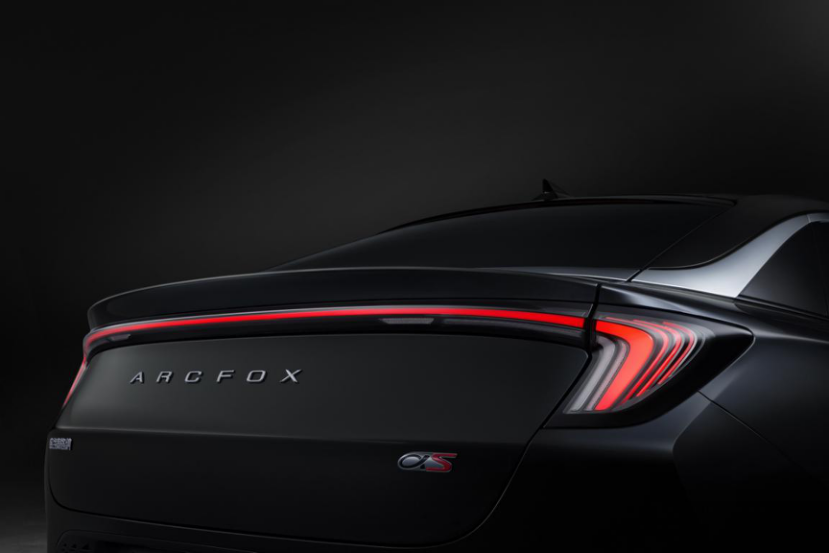
It should be noted that Magna has a century of history in car manufacturing, with experience in manufacturing more than 3.7 million luxury flagship models. And the Langu Magna production line is also Magna’s first vehicle manufacturing factory set up outside Graz, Austria.
Perhaps it is this exquisite manufacturing process that has added more weight to Hozon Motors in Huawei’s evaluation of their partners.
One more thing I need to emphasize: a good horse needs a good saddle, and the inevitable behavior of an enterprise is to seek profits. Therefore, it is not wise to install an expensive intelligent driving system on a low-end car model, especially when the hardware costs such as LiDAR in the vehicle perception phase cannot be effectively reduced worldwide.
Therefore, the initial application of intelligent driving systems in mid-to-high-end car models for a period of time is still inevitable. In this regard, it has to be said that Huawei’s requirement and Hozon Motors’ positioning in the mid-to-high-end market are in line, and it will inevitably become a fertile ground for Huawei’s intelligent driving efficiency to be fully realized.## Join Hands Grand Ceremony
It can be seen that Huawei and ARCFOX complement each other in many aspects. It is precisely based on years of cooperation and tacit understanding that the upcoming Alpha S will be equipped with Huawei’s intelligent high-end automatic driving system and HarmonyOS intelligent connected cabin that restrains mobility. This also makes Alpha S the world’s first mass-produced vehicle with urban automatic driving capability.
Do you think that the recent success stories of Huawei and ARCFOX are only limited to these?
Of course not. In the upcoming Shanghai Auto Show, Huawei and ARCFOX have established a joint exhibition booth and will launch a joint ARCFOX Alpha S “Collab Edition” at the launch event on April 17th and present it on April 19th.
This joint exhibition not only helps to enhance the sensory experience of automatic driving and intelligent cabin in the exhibition, but also sends a signal of closer future cooperation to the outside world.
Time flies and the flywheel of intelligent driving cooperation in the historical sky will undoubtedly operate more rapidly.
The brilliance planned by Huawei and ARCFOX in the new era will undoubtedly become a model of cooperation in the booming domestic new energy industry, which will effectively promote the rapid development of the domestic new energy industry and further promote the rise of China’s new energy industry.
This article is a translation by ChatGPT of a Chinese report from 42HOW. If you have any questions about it, please email bd@42how.com.
